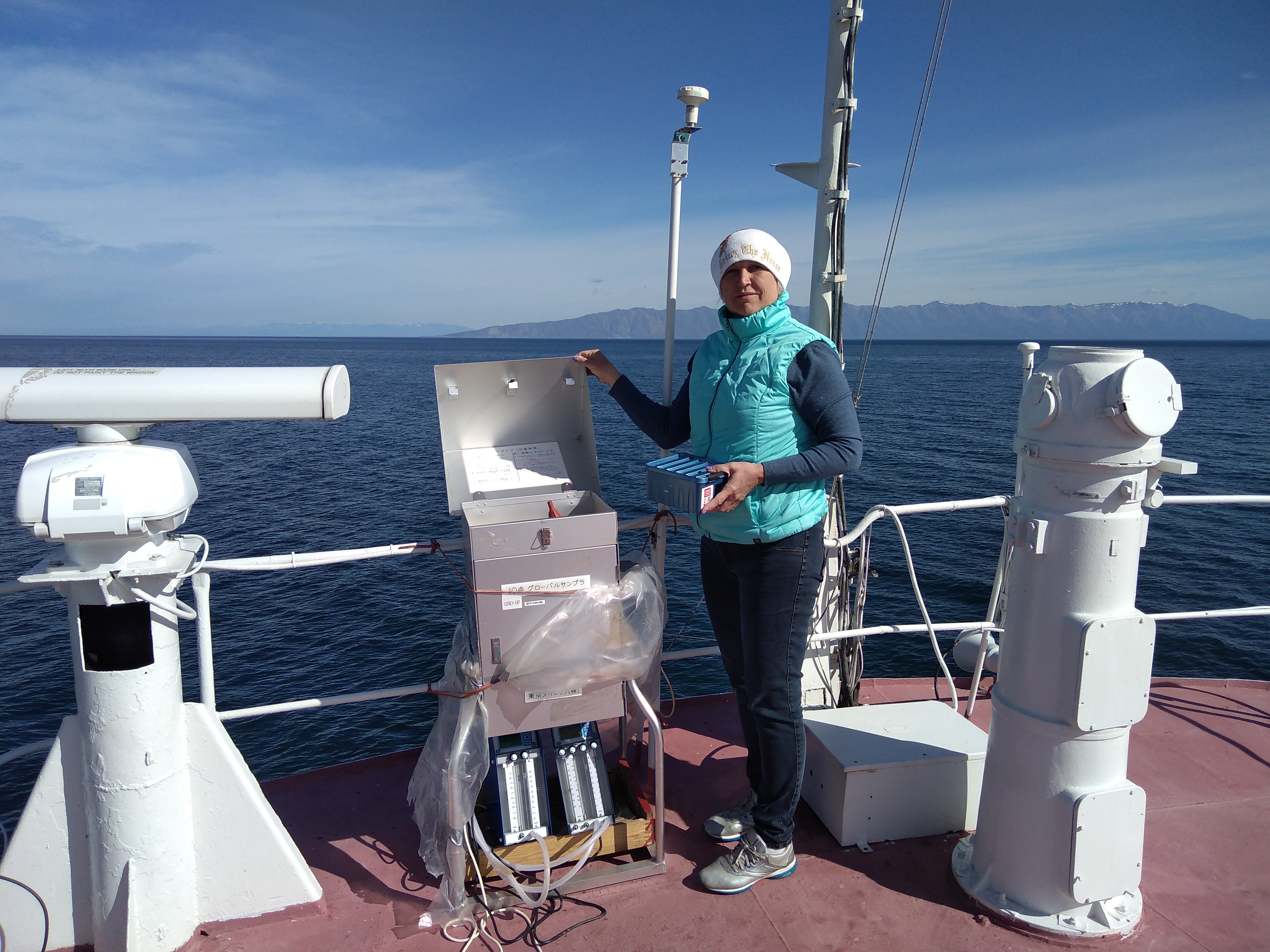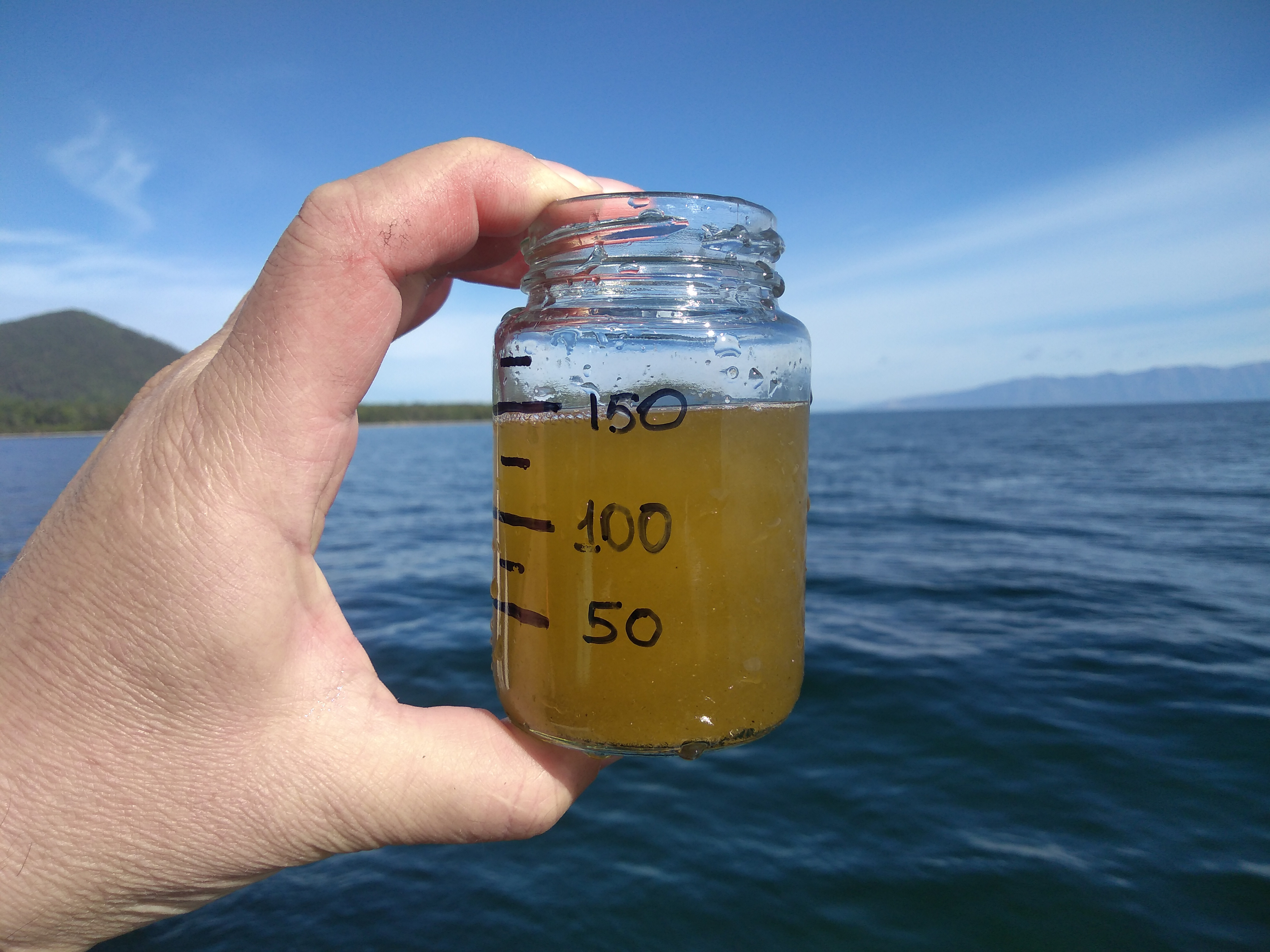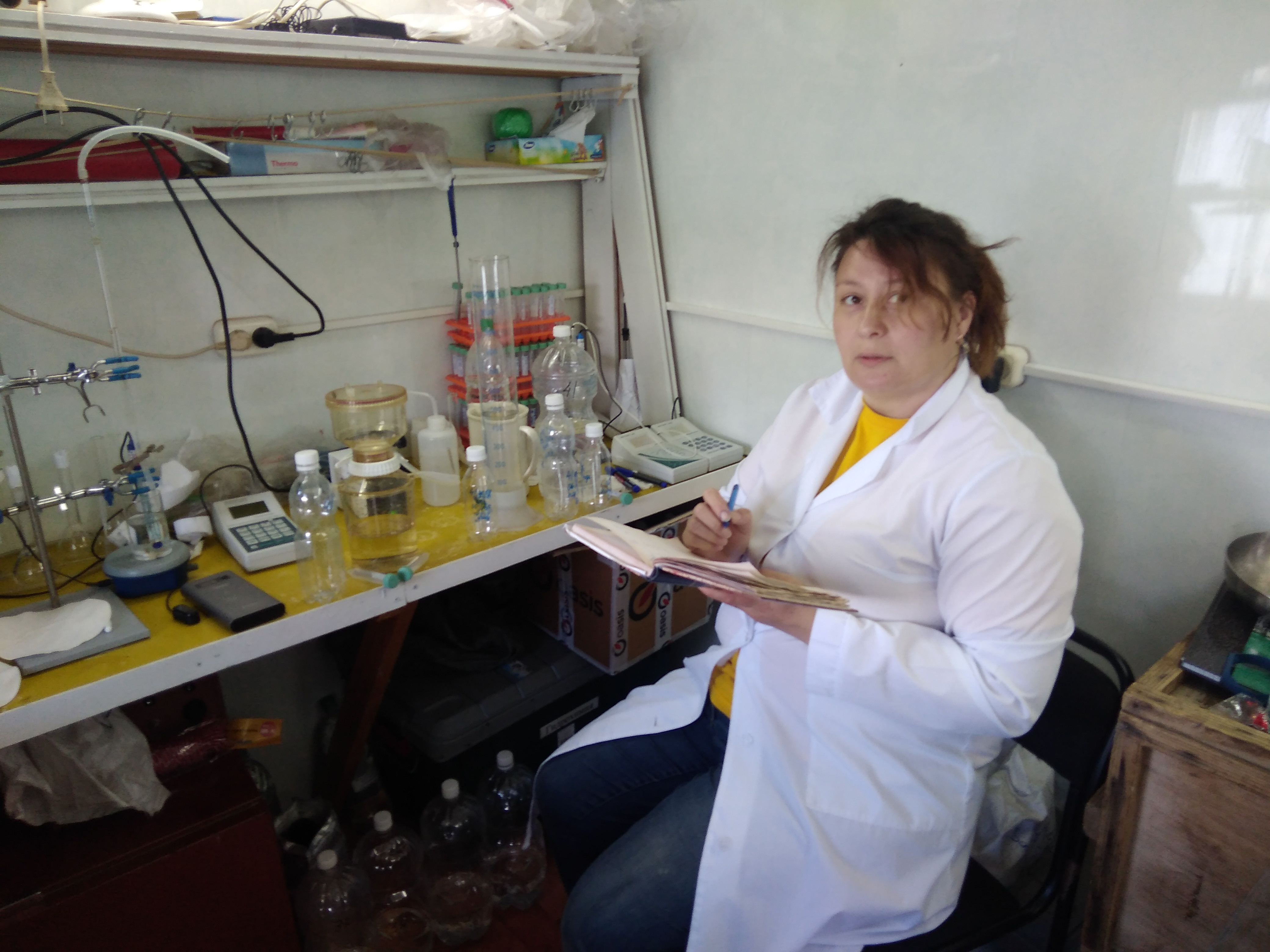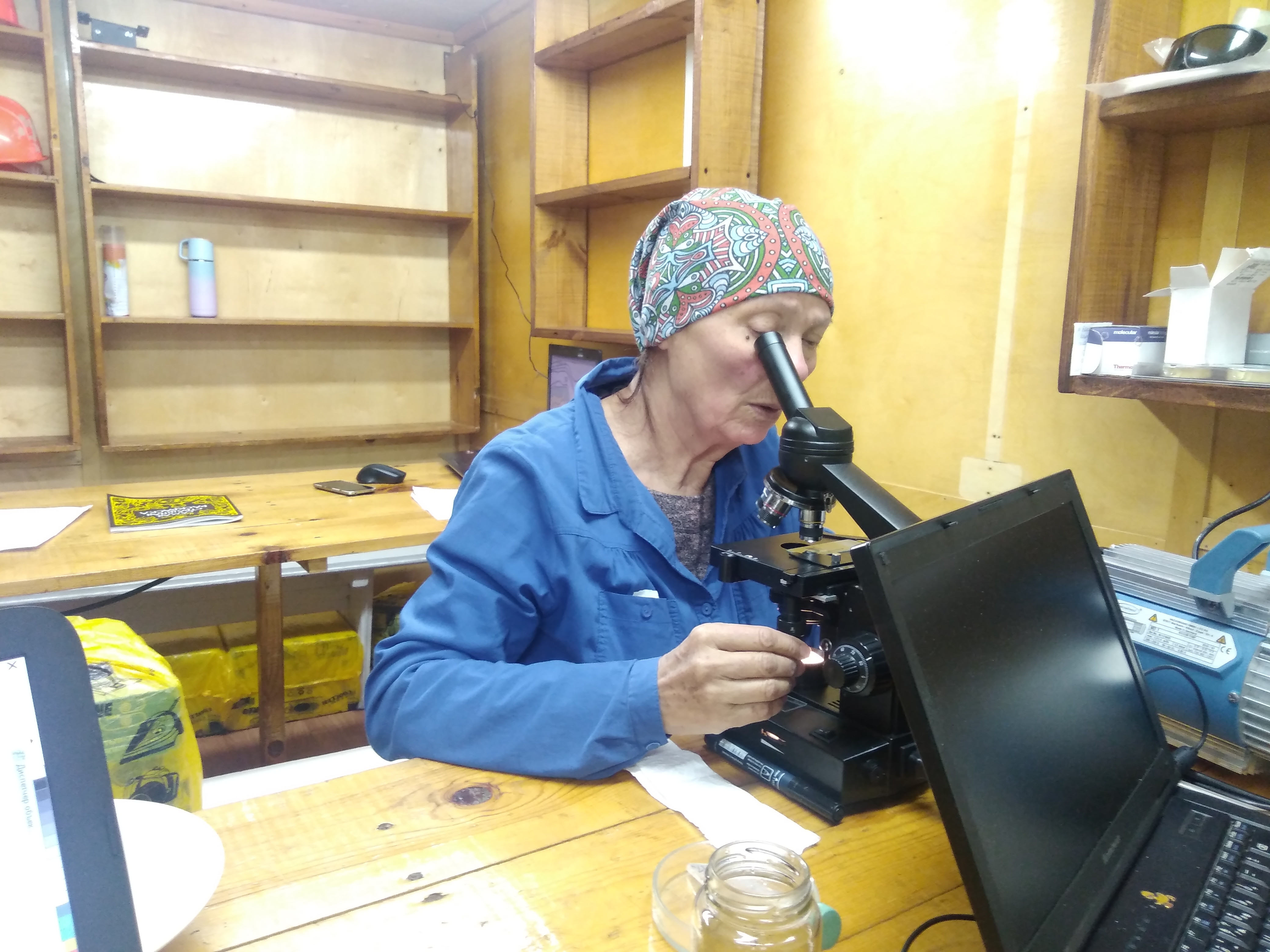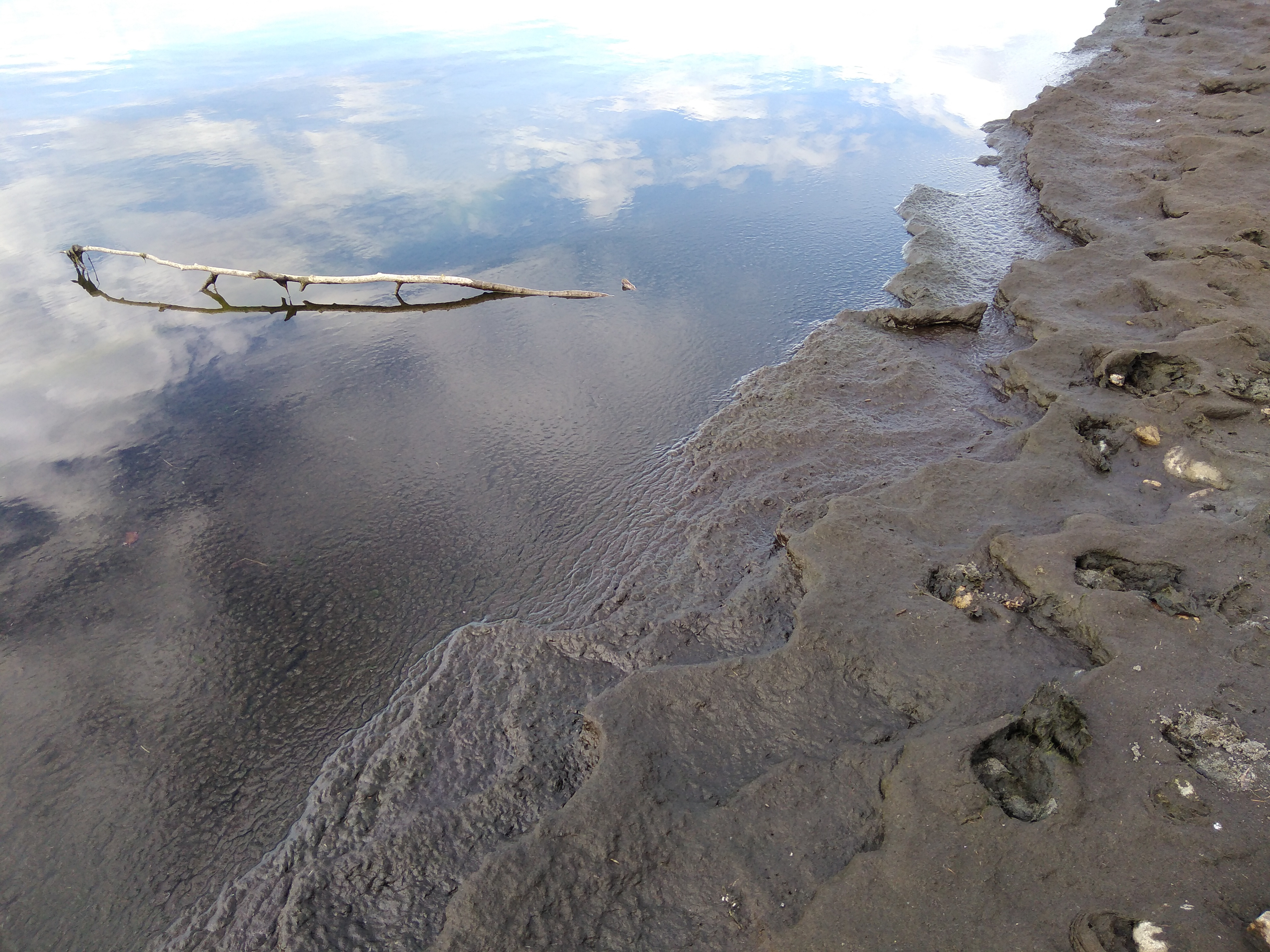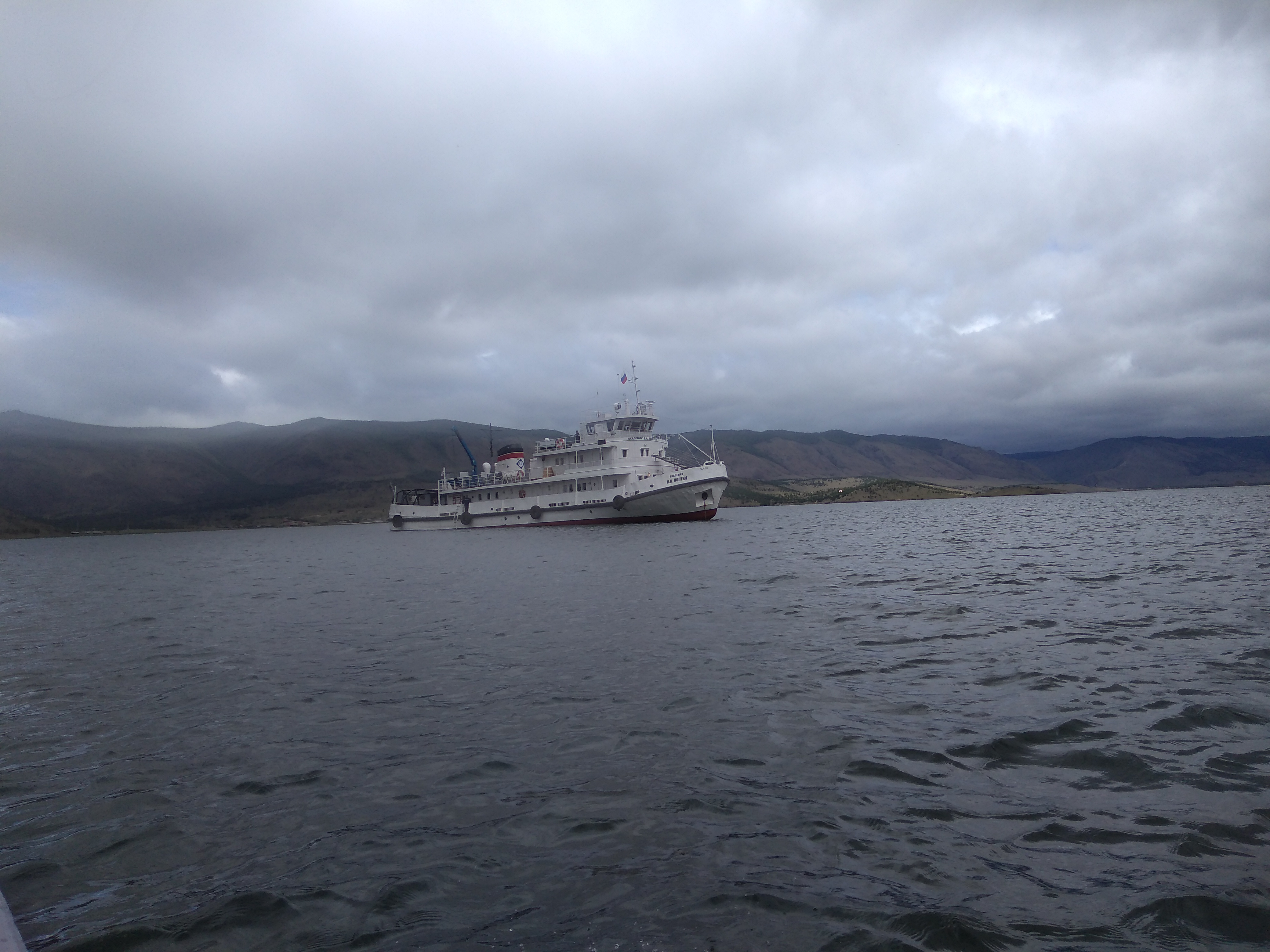Expedition on board RV “Akademik V.A. Koptyug”, June 01-09, 2020
A traditional expedition around Lake Baikal was carried out from June 01 to June 09, 2020, to study shallow water zone of Lake Baikal (down to depths of 20-30 m) every 30-40 km of sampling spacing of the coastline.
During the expedition, 68 samples of surface water were taken for hydrochemical analysis and determination of the species composition of phytoplankton; 66 samples of surface water and 48 samples of near-bottom water were taken to identify the content of petroleum products and anionic surface active agents; 105 water samples were taken to determine the picoplankton content and the total number of bacteria. Along the route of the vessel, aerosol sampling was continuously conducted.
The following works were carried out on board the RV “Akademik V.A. Koptyug”: transparency with a Secchi disk and the temperature of the surface layer from the 1-m depth were measured; pH, the electrical conductivity of the 1-m water layer, the amount of dissolved oxygen, bicarbonate ion and some nutrients (phosphates, nitrates, nitrites, and silica) were determined.
The lowest temperatures of the surface water layer were recorded along the west coast of Northern Baikal, 3.1-3.5 ºС. The most warmed-up waters were in the following bays: Mukhor – 12.5 ºС, Chivyrkuy – 9.8 ºС, and Barguzin – 9.3 ºС. The amount of dissolved oxygen averaged 12-13 mg/dm3. The amount of phosphate ions and nitrate ions varied from 0.004 to 0.05 mg/dm3 and from 0.1 to 0.6 mg/dm3, respectively. The concentrations of dissolved silica varied depending on the basin: the highest concentrations were in the northern basin, 0.6-1.3 mg/dm3, the lowest ones – in the central basin, 0.1-0.4 mg/dm3, and the average – in the southern basin, 0.3-0.5 mg/dm3.
There was intensive vegetation of phytoplankton in the southern and central basins of the lake. Synedra acus radians massively developed. Among diatoms, there were Aualacoseira islandica and Cyclotella baicalensis. Among Chrysophyta, there was Dinobryon cylindricum, which together with Synedra acus dominated in the southern basin. As a consequence, the water transparency at most sites was within 6-8 m. In 2019, there was the opposite picture: the northern basin intensively vegetated.
Near the Zarechnoye settlement (Severobaikalsk), in the water edge zone, there was an intensive decomposition of the last year’s detritus.




